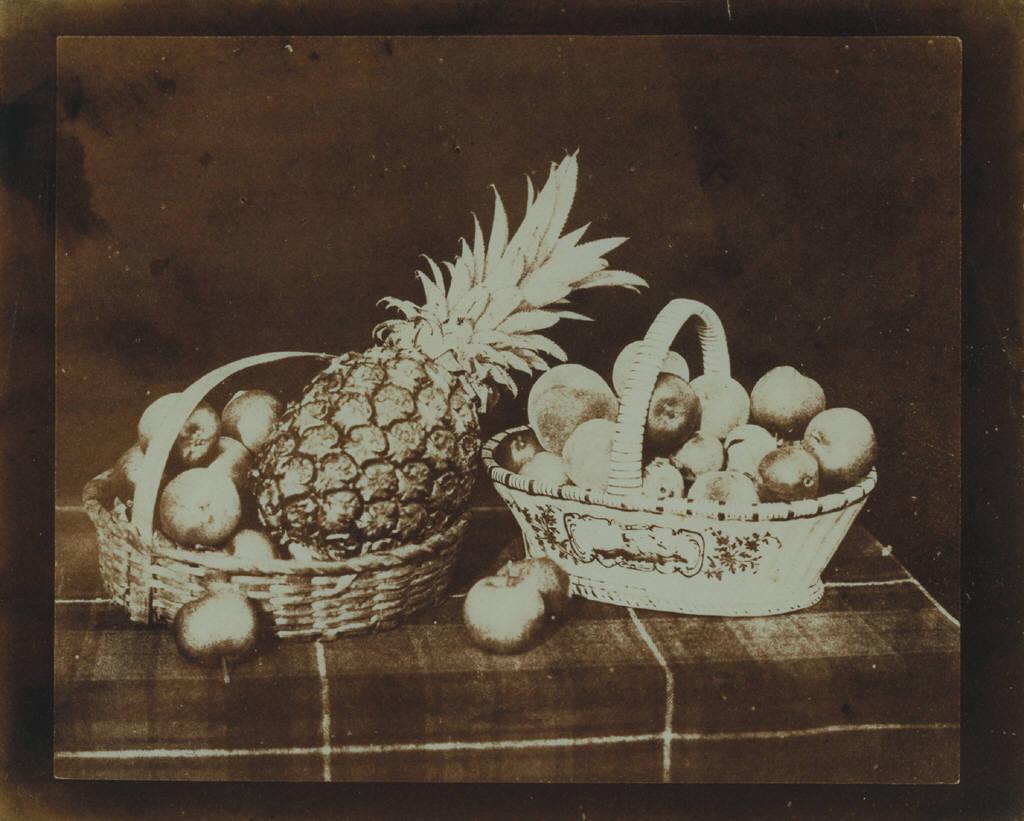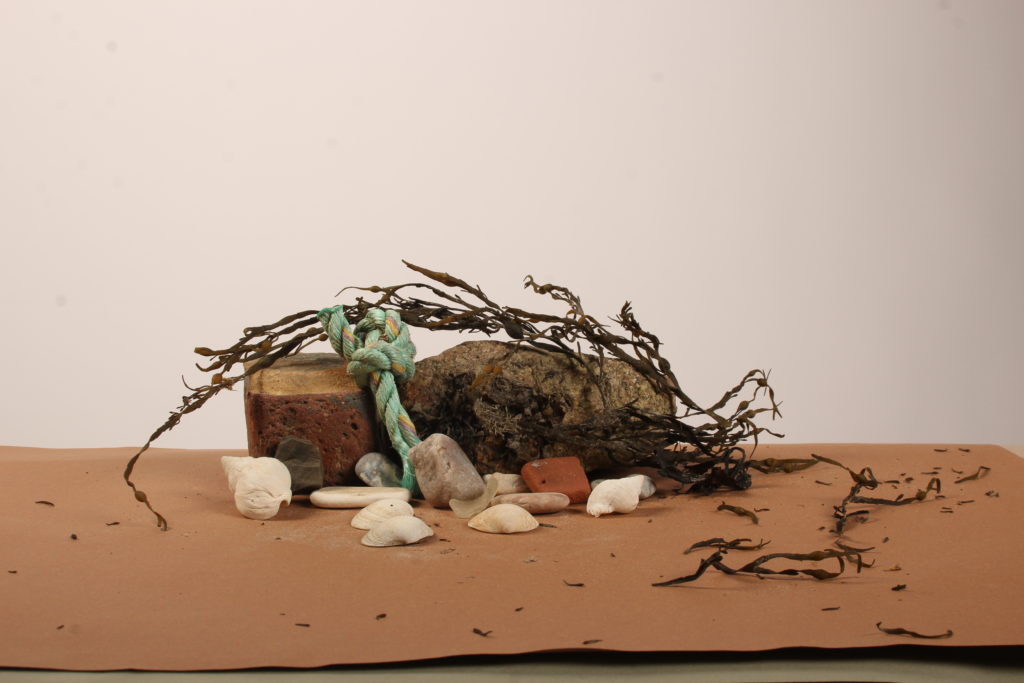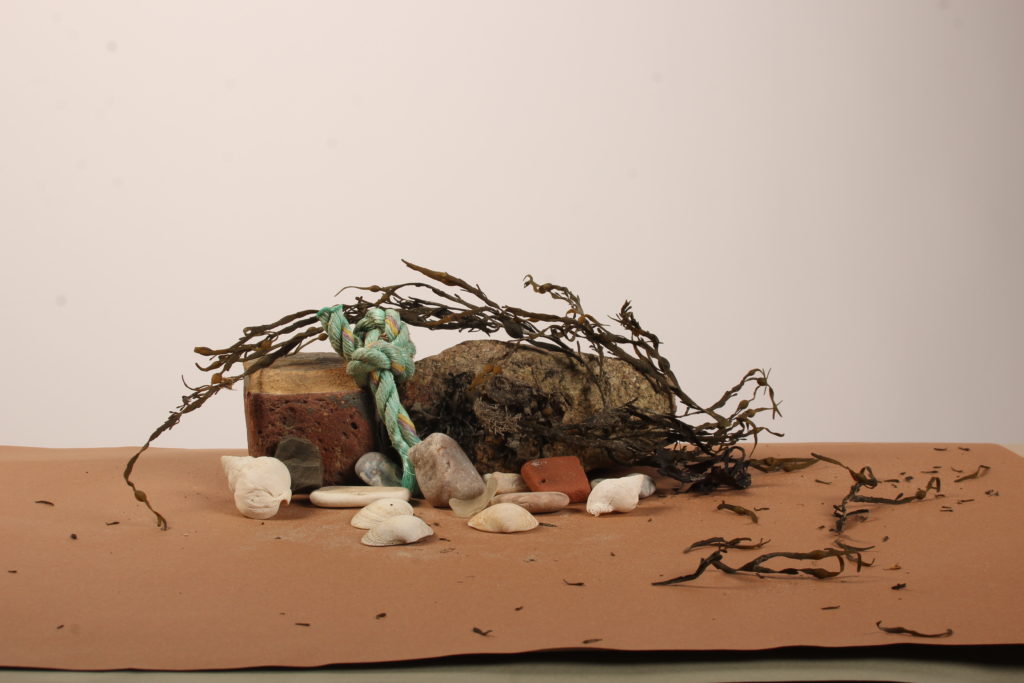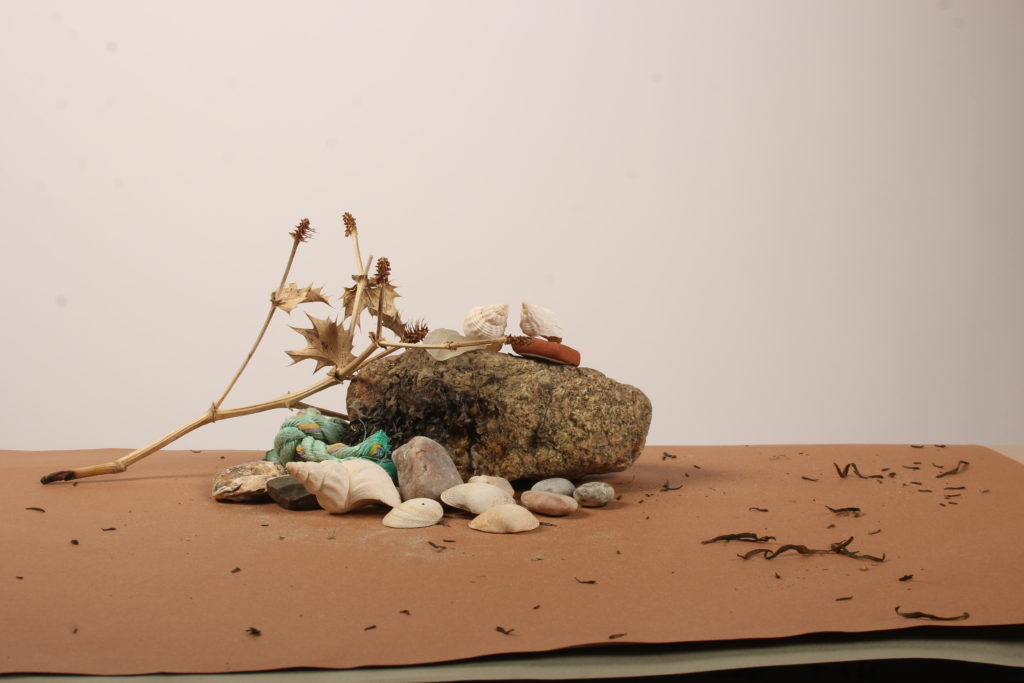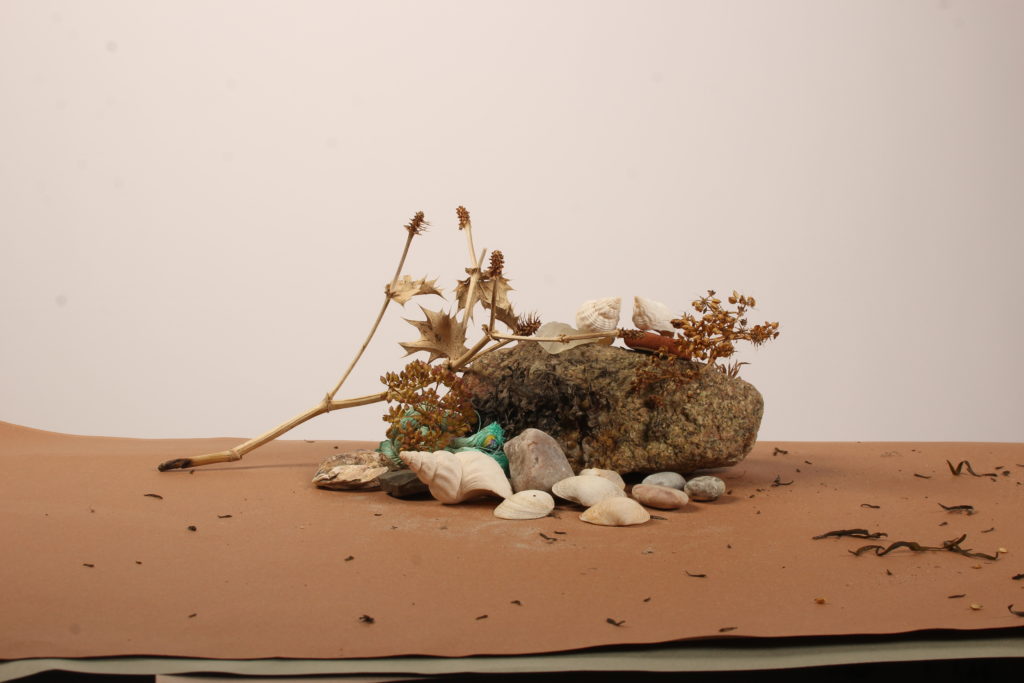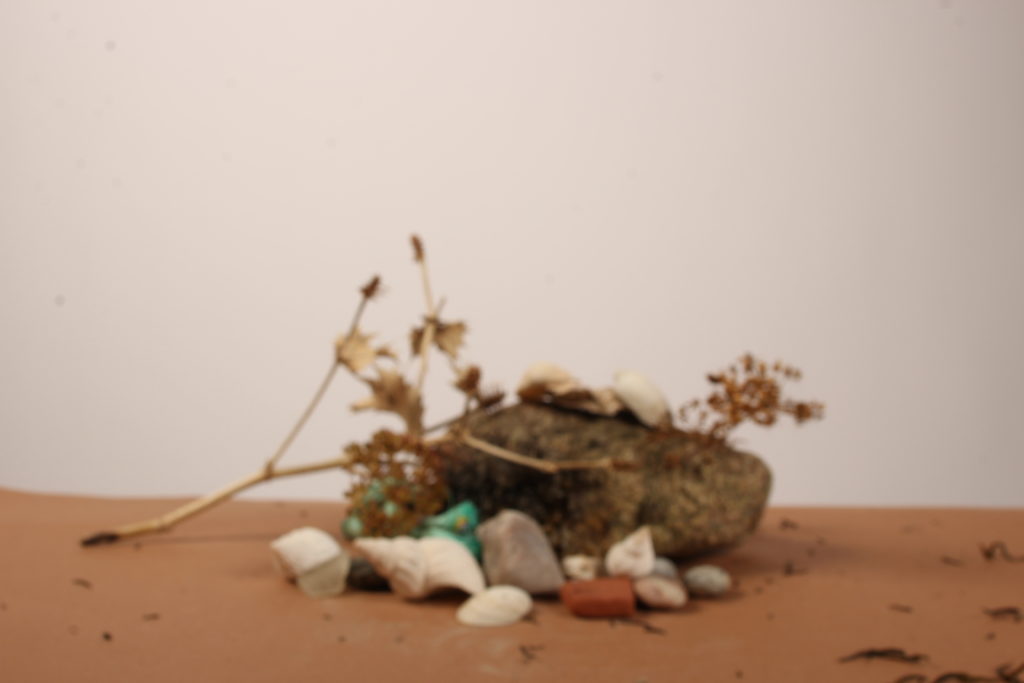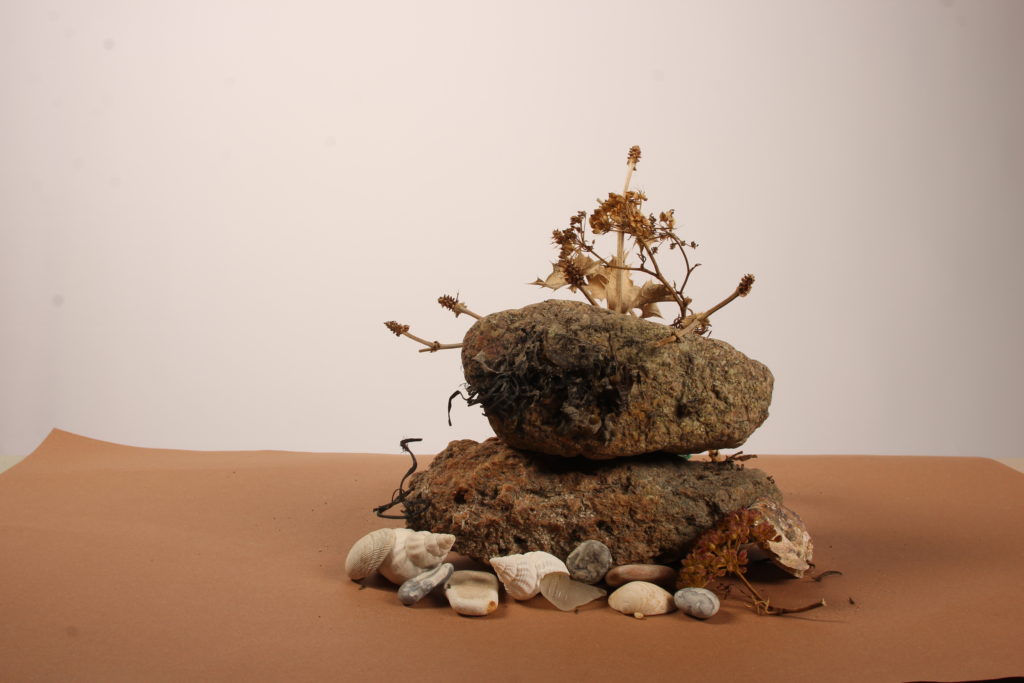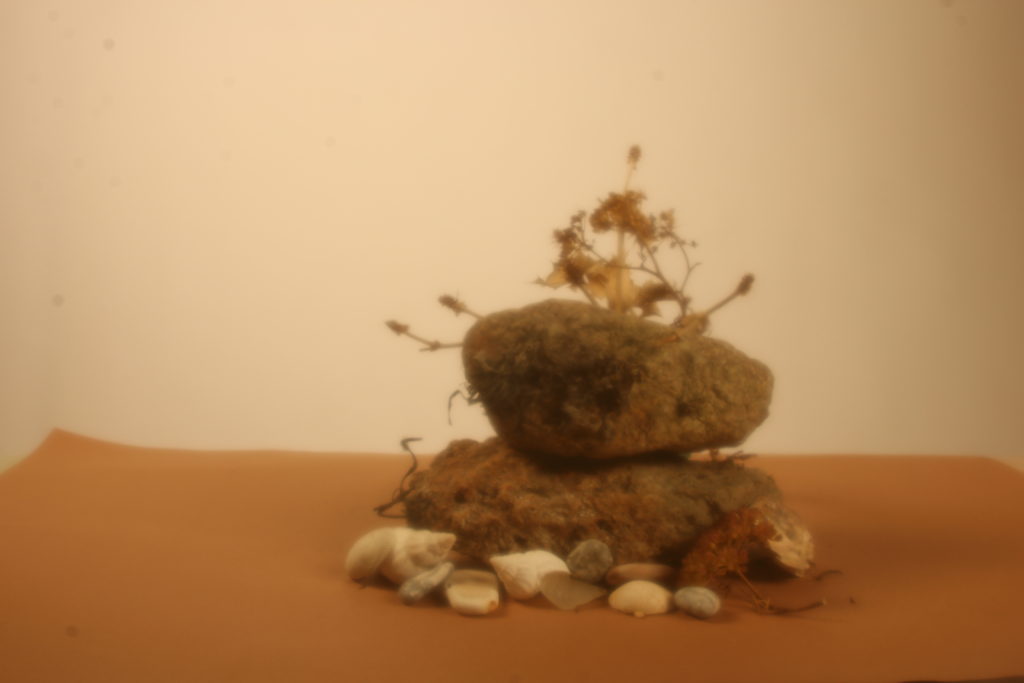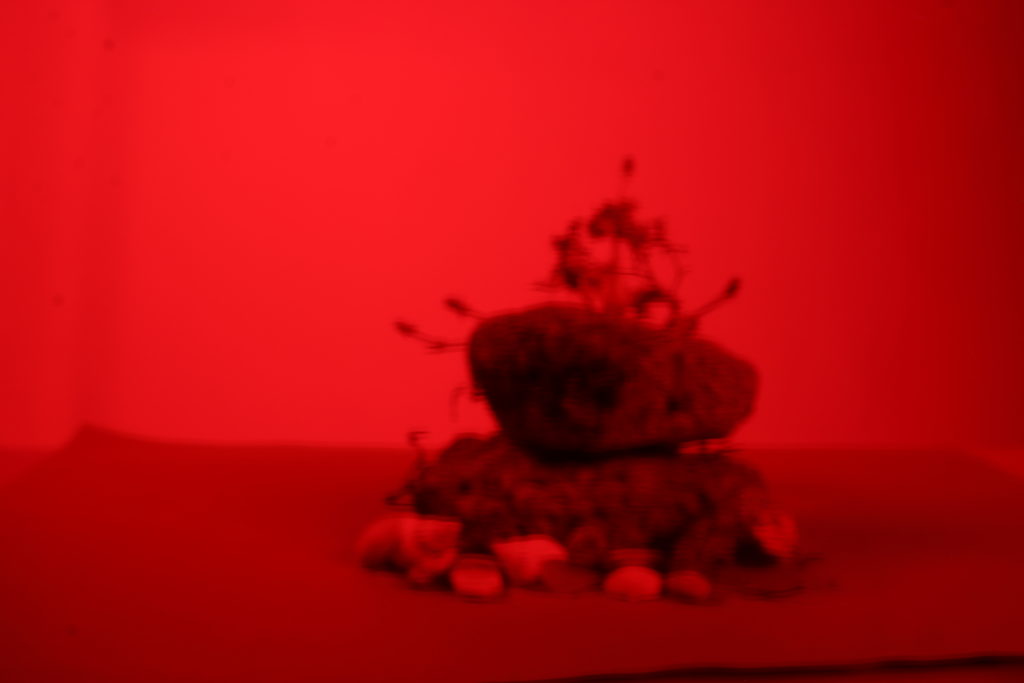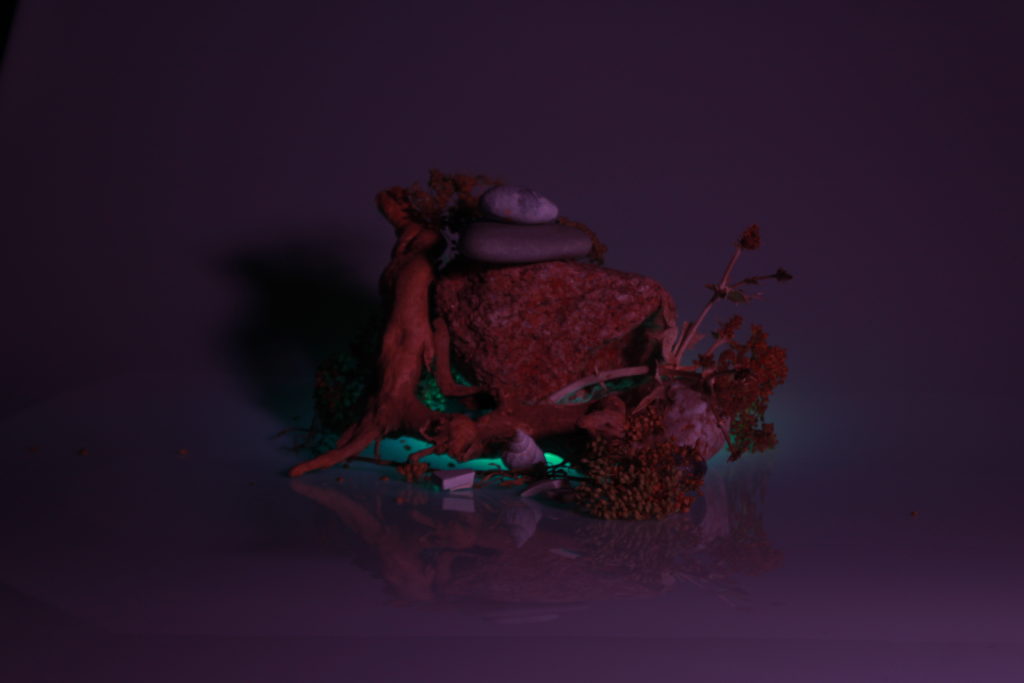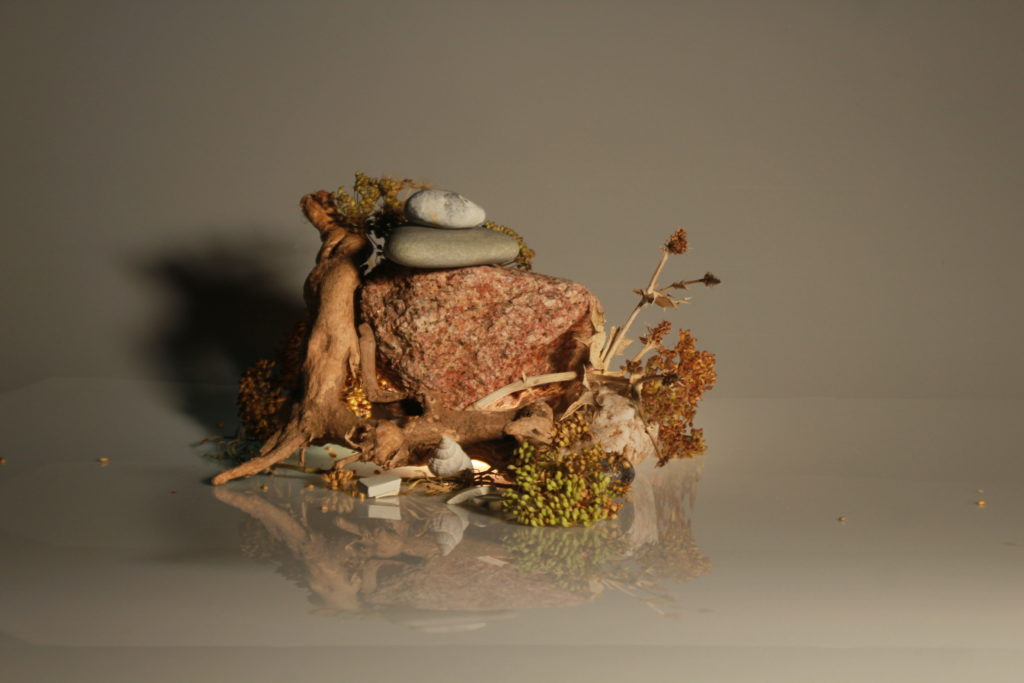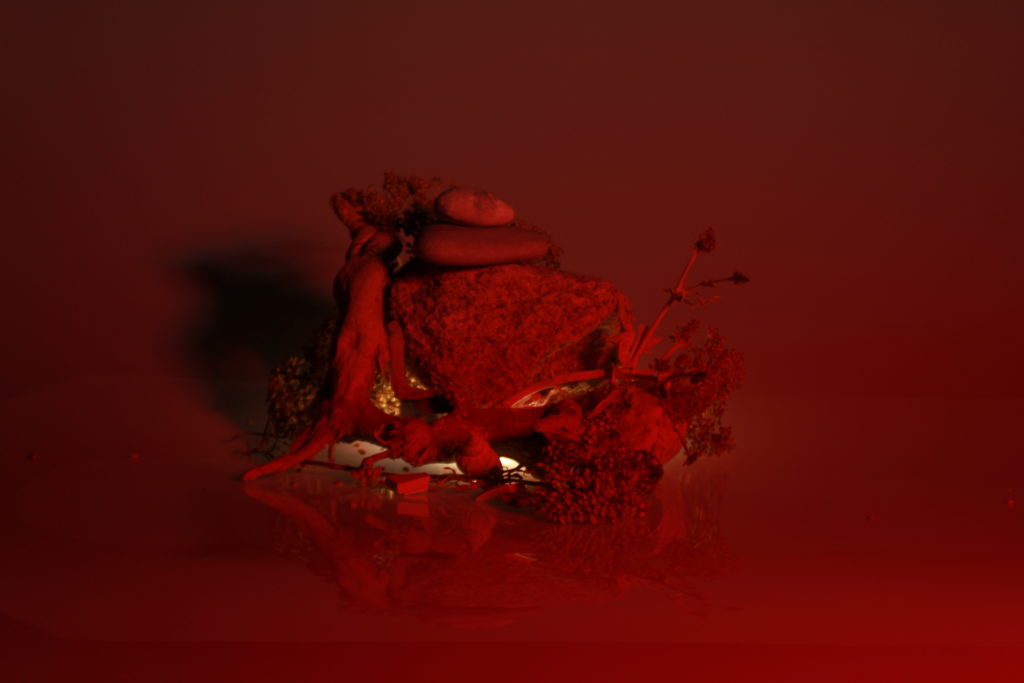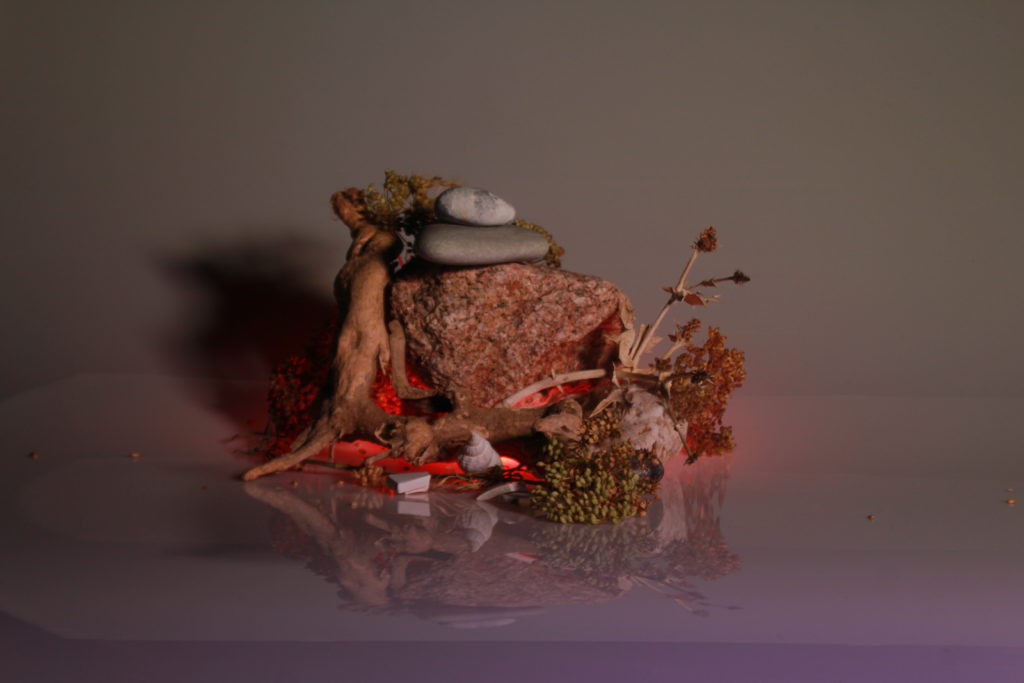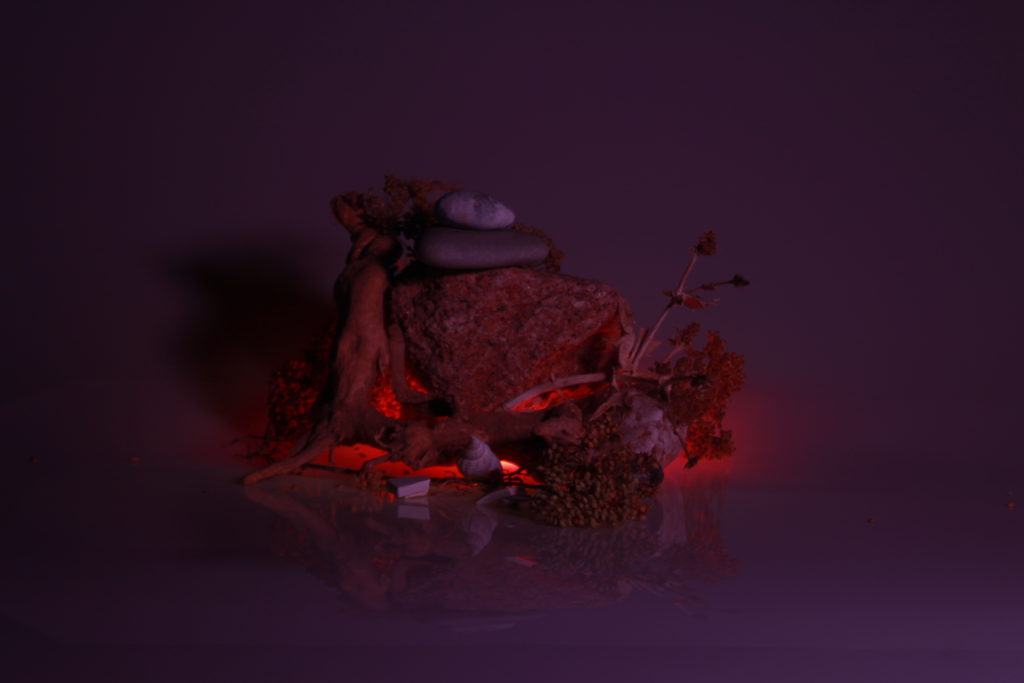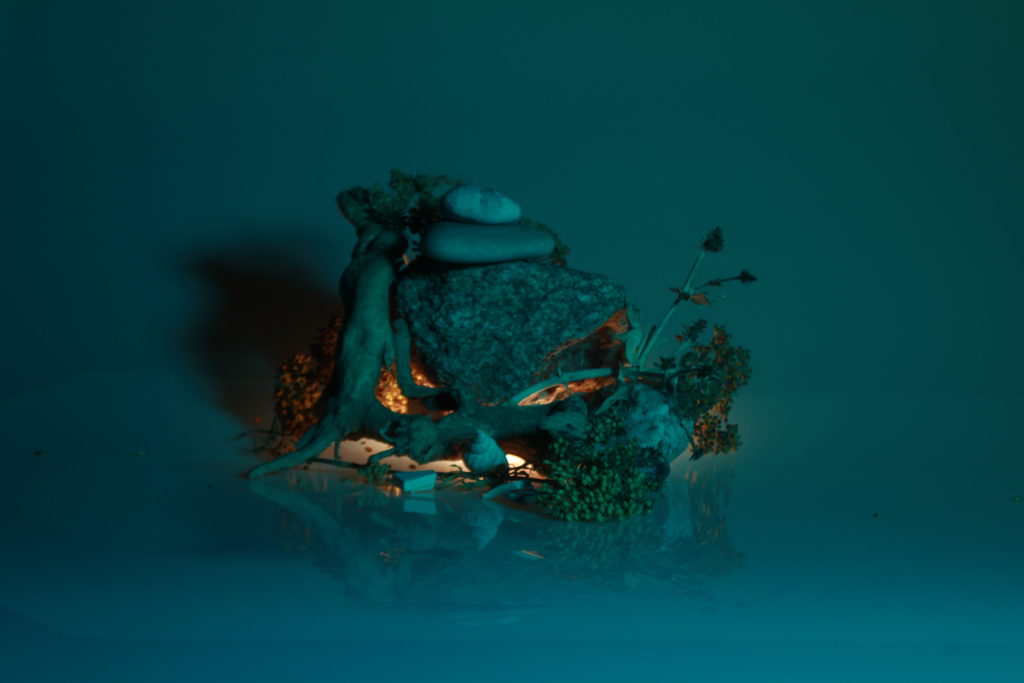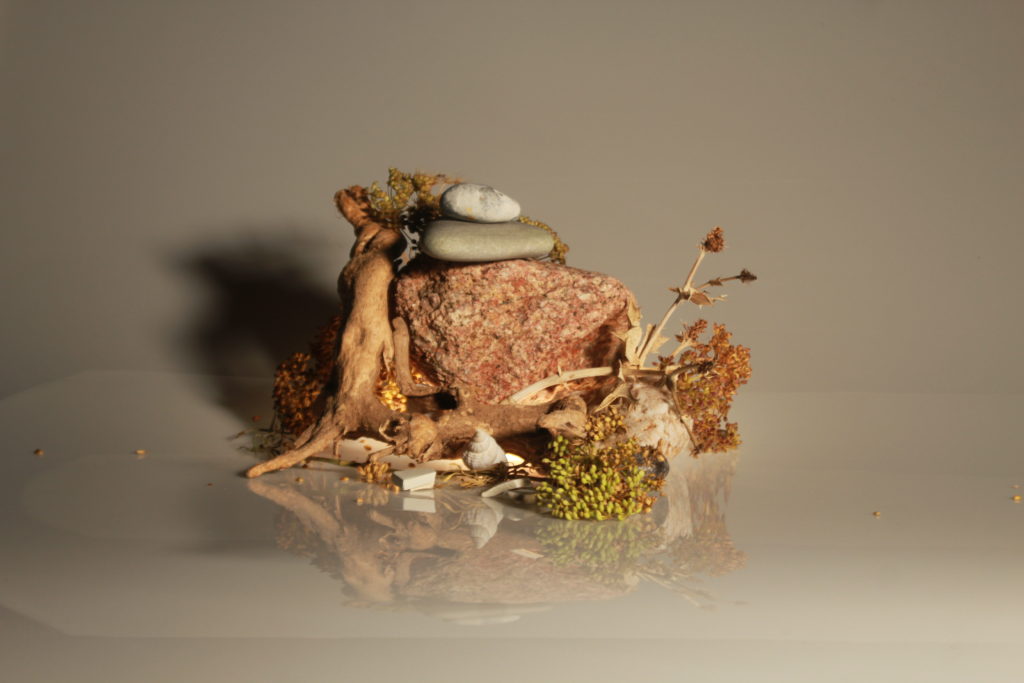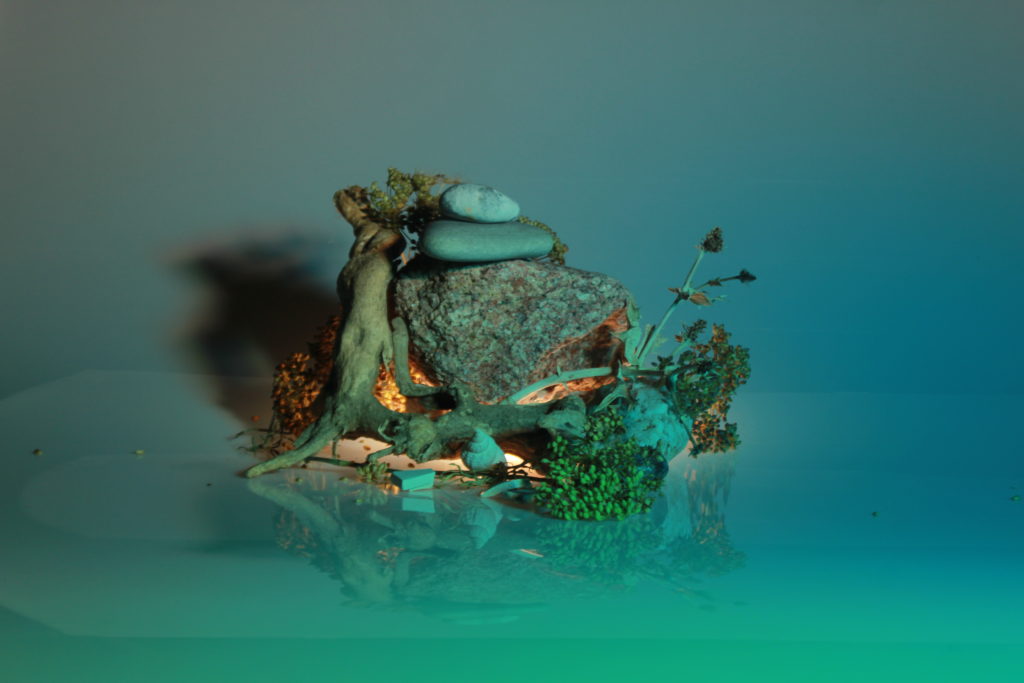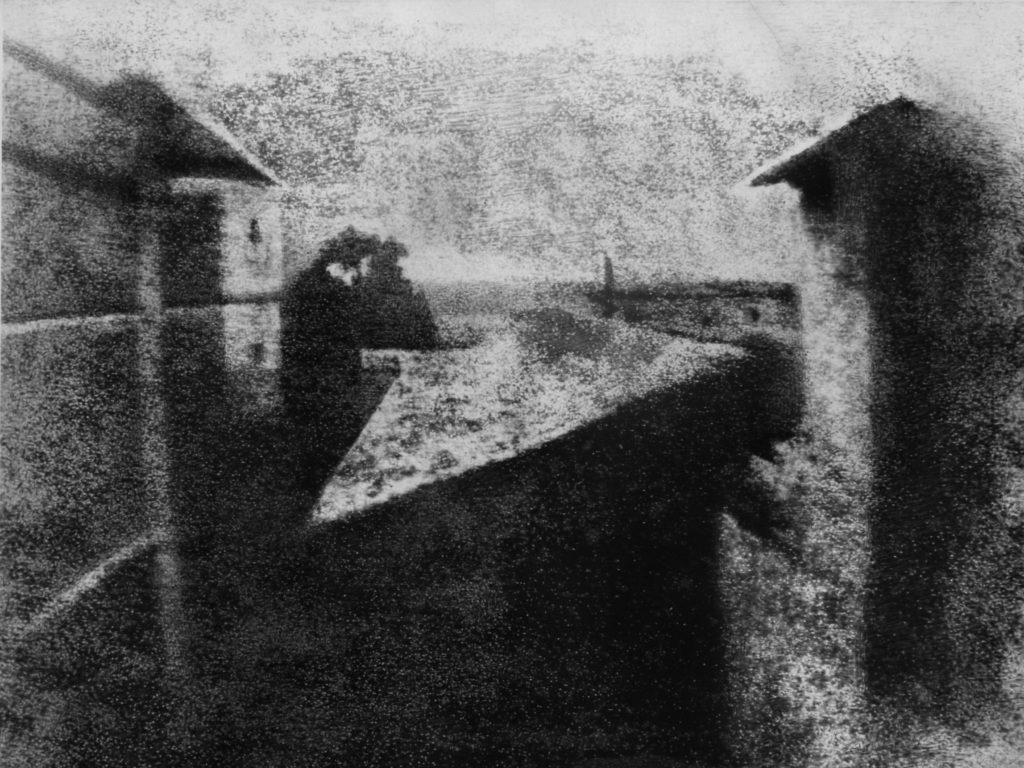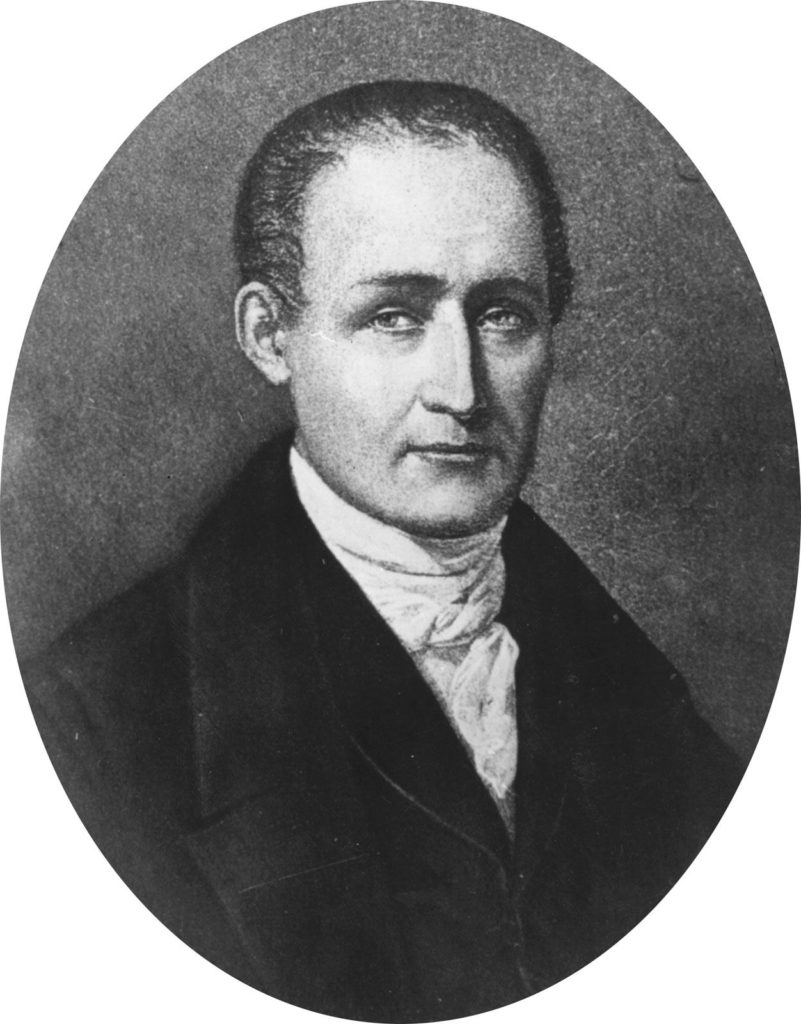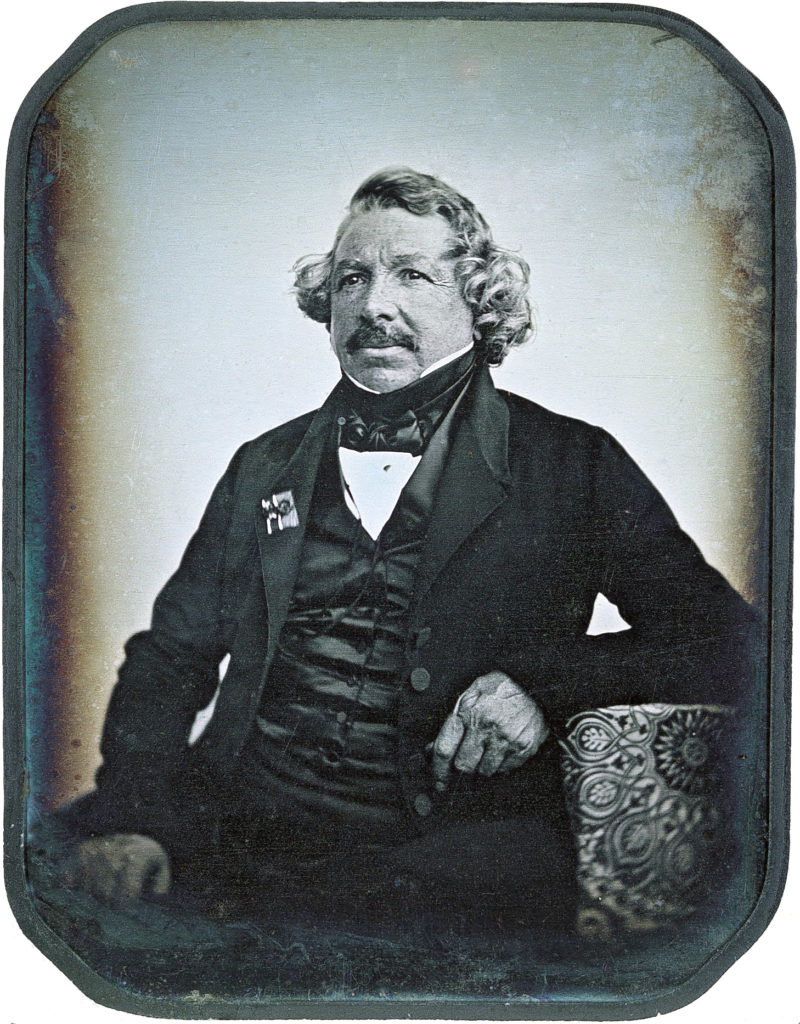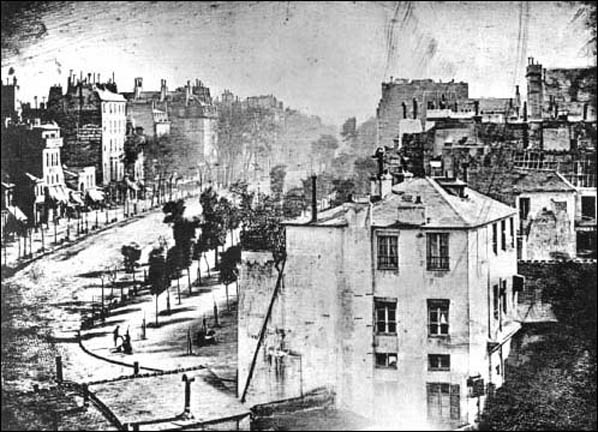adobe lightroom classic
Adobe Lightroom Classic is what I will be using to edit my photos now and in the future. Here is what I learnt about how to use it:

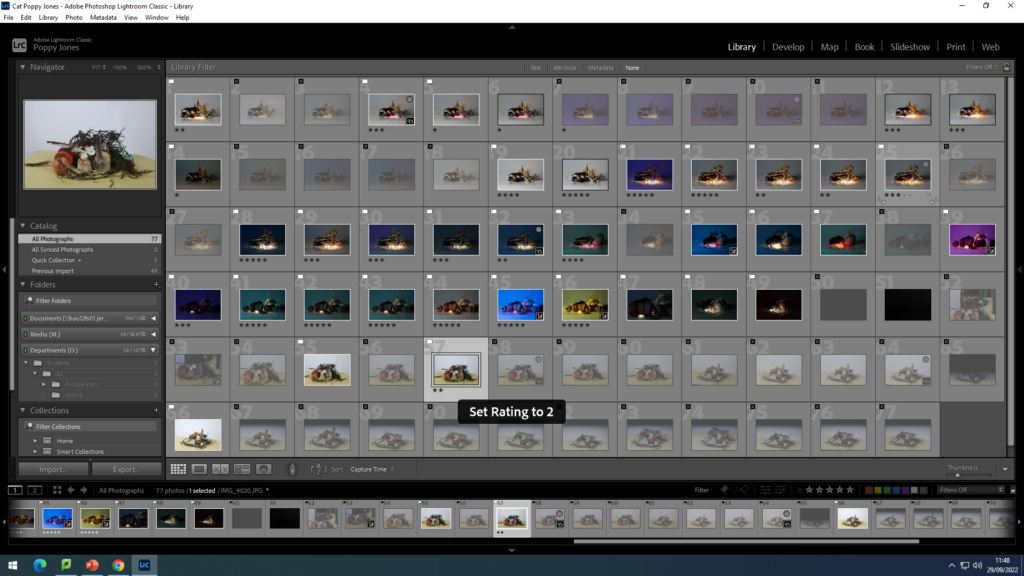
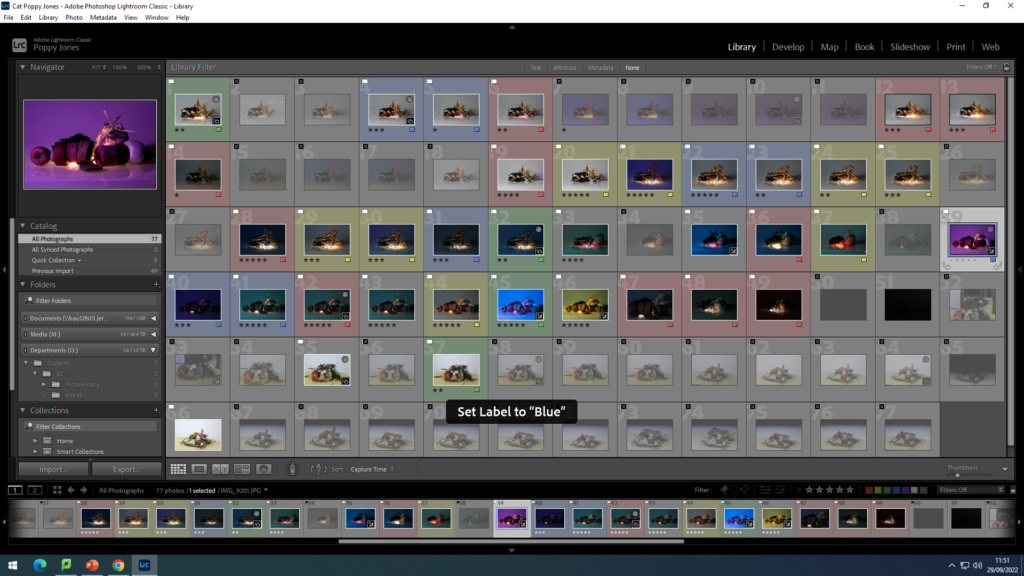


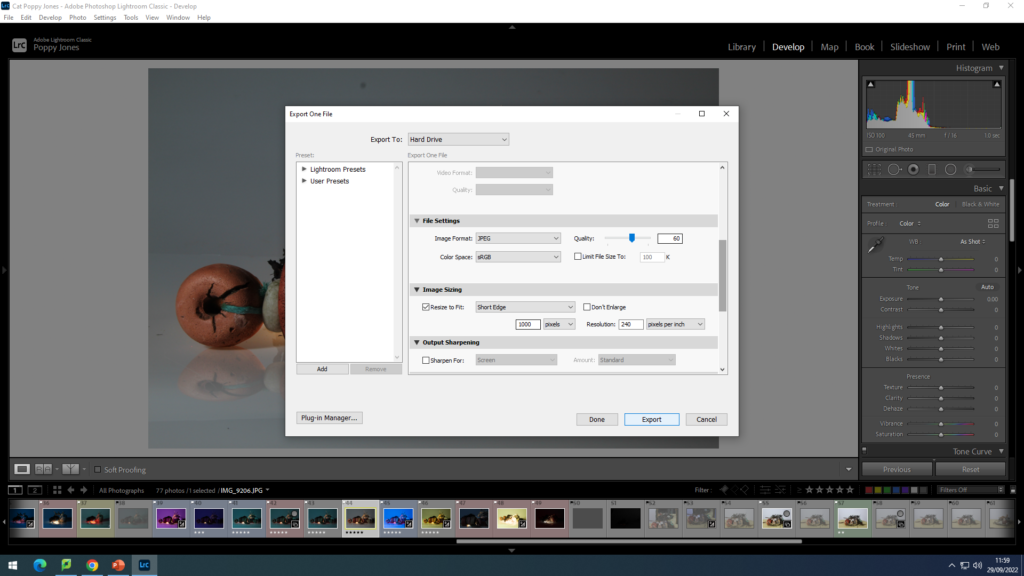
What is photography
Photography is commonly seen as a still photograph, capturing a moment in time, and sometimes edited in a way where they are taken at two different moments in time. Many people see photographs and try to depict the meaning by just the look of it, when they commonly miss interpret the intention or context behind the image. This opens a whole new world of understanding, how it is viewed, and the incredible details you can see in the image after understanding just the context of the image.
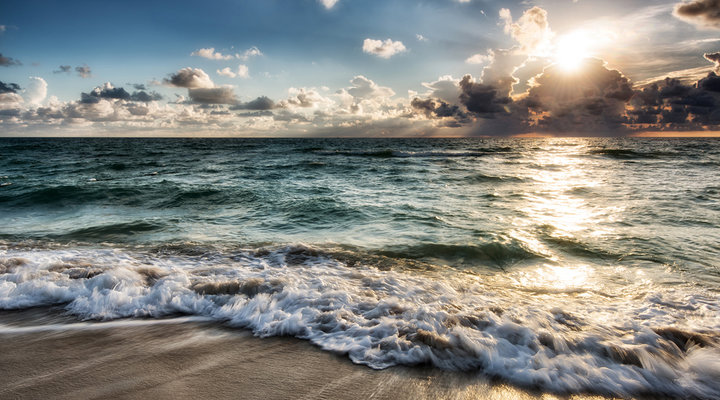
This then brings emotion to the photograph, and almost a message or even a paragraph in one image, as it is a way of connecting people thought their own interpretation and the true meaning of the image. This interpretation varies thought everyone, with a common theme of connection to the image with an experience they have once had with their life, people use images unconsciously to bring back an amazing memory. For example, looking at an amazing image of a sunset might bring the person back to a time in their life when they experienced a sun set, and the beauty behind that exact moment in time.
Photography not only allows individual reflection but to remind us the importance of the present moment. Photography is also used in a way to capture the beauty of the life around us, in order to capture moments, which others might not be able to see as a way of showing the good or even bad in things, people, looks etc. Many people have used the equipment of photography to create beautiful pictures with unique settings to capture a special moment. With a more important part of capturing the image is editing the image, which can create a whole new look, meaning and vibrancy of the image.
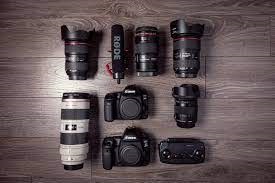
Within photography it isn’t about having the best of the best equipment, it can even be taking a picture with your phone, it will still have a close enough look and meaning you want it to have. Its incredible the amount of picture you see in every-day life without even acknowledging it, yet within each picture is a setting, meaning, and look.
“Photographs confuse as much as fascinate, conceal as much as reveal, distract as much as compel. They are unpredictable communicators”.
This was a quote from David Campany expressing his thoughts on photography. In my opinion I believe he is trying to express how amazing photography really is. He is trying to show people that photography isn’t just good-looking images, rather how incredibly universal they are. In a way that anyone in the world who has eyes that can see, can interpret any image in any way possible, he is probably trying to express the infinite views photographs can be seen from, how there are not limits to photography as how people view them.
Still Life Best Images
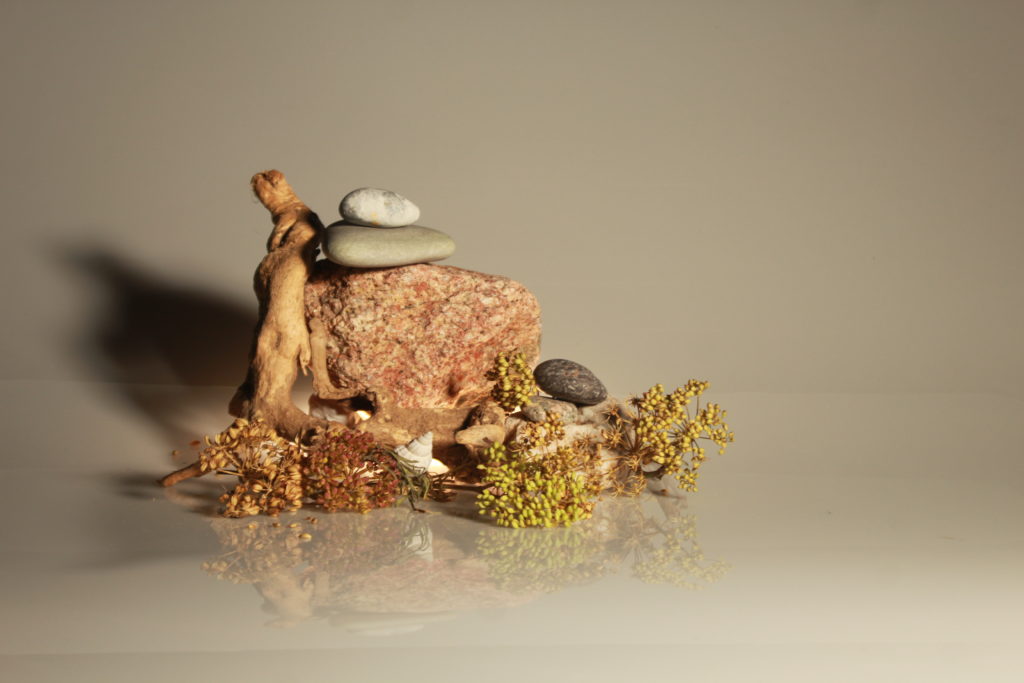
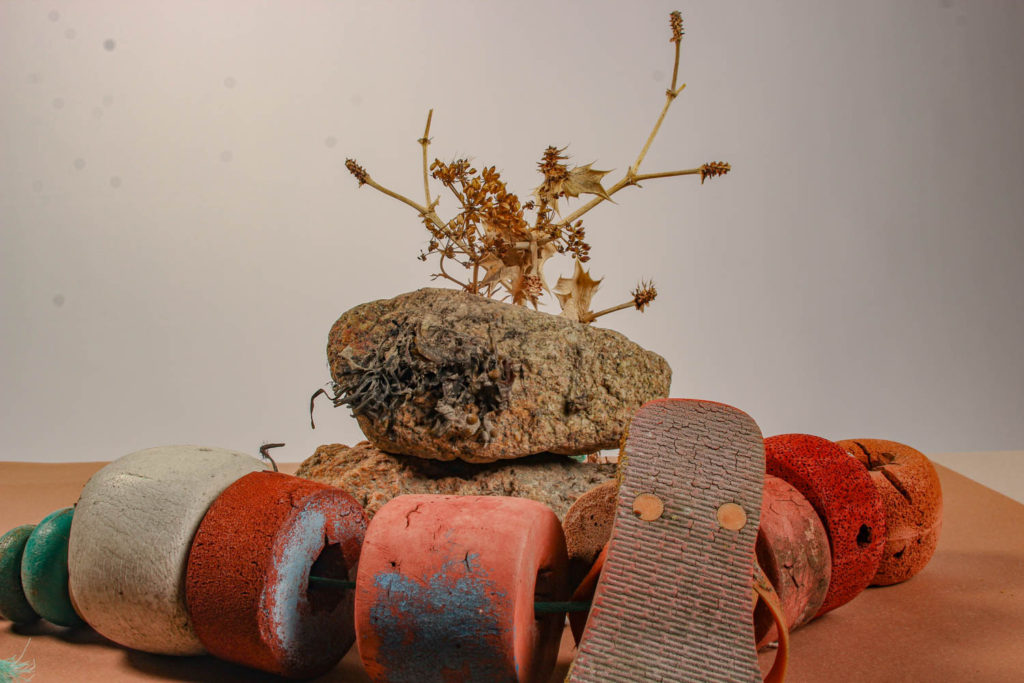
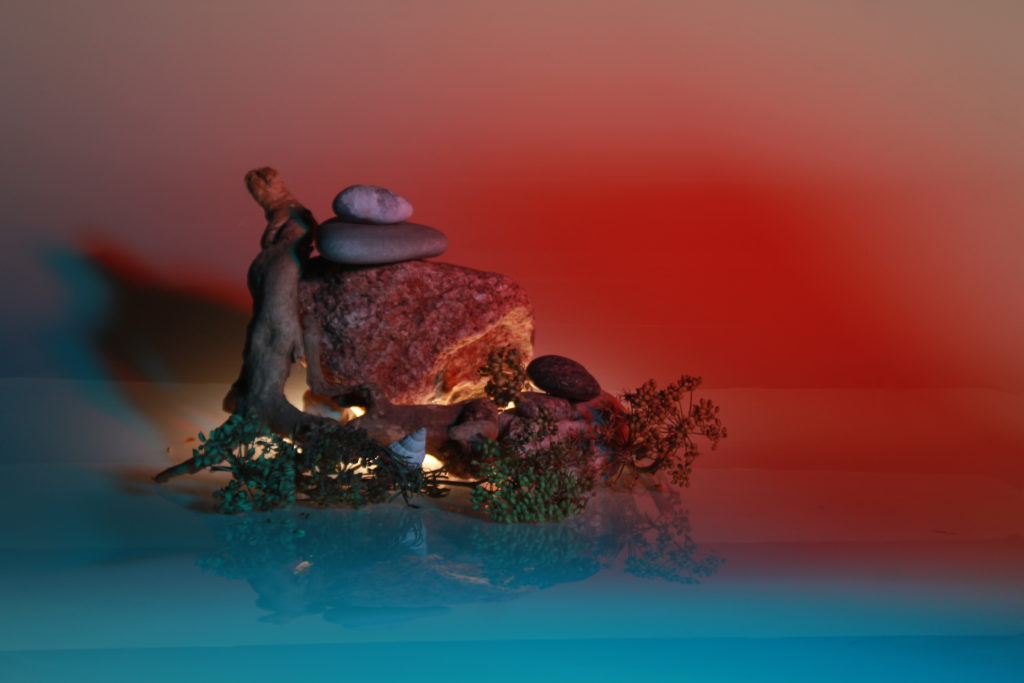
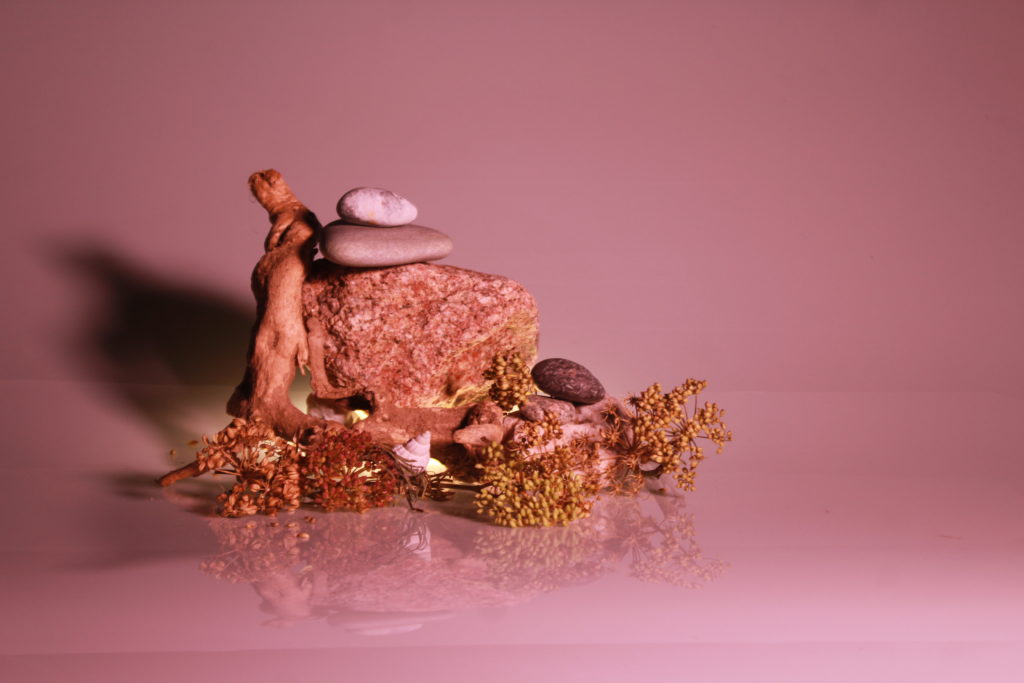
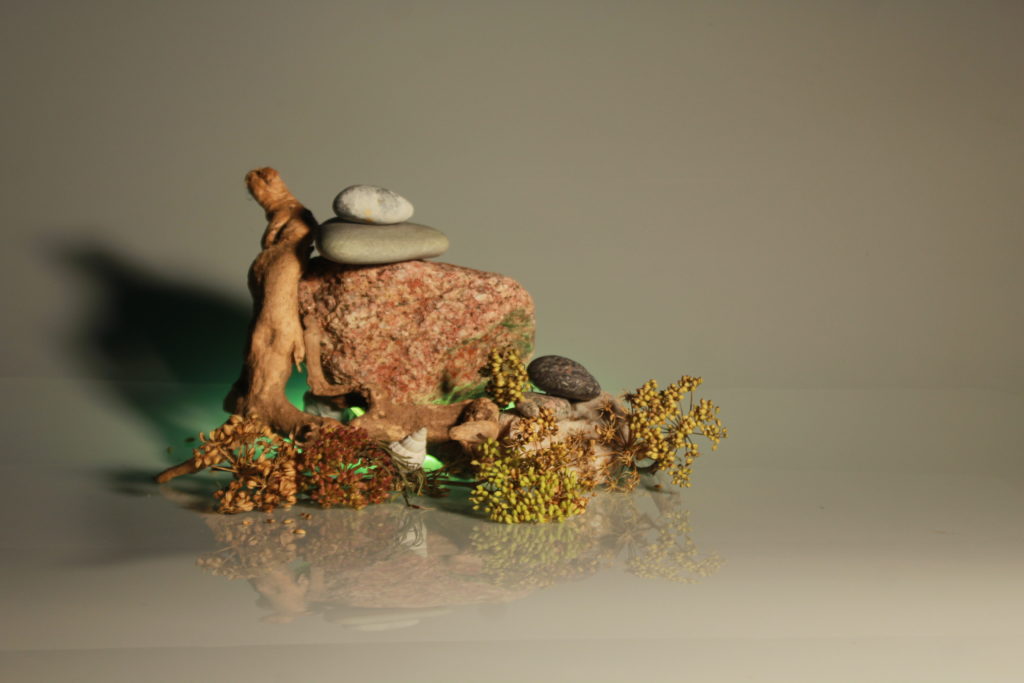
Aperture
Aperture controls the exposure and the depth of field of an image. It controls a hole in the camera, and the larger the hole the more light let in. The smaller the hole the less light let in. A small aperture would create a large depth of filed, so everything in the image will be in focus. However, a large aperture will result in a short depth of field.


Aperture needs to be set according to thew shutter speed
I attempted show depth of field in my photos by photographing beach objects in the studio and changing the aperture. In these photos we used a large aperture because the background isn’t focused.

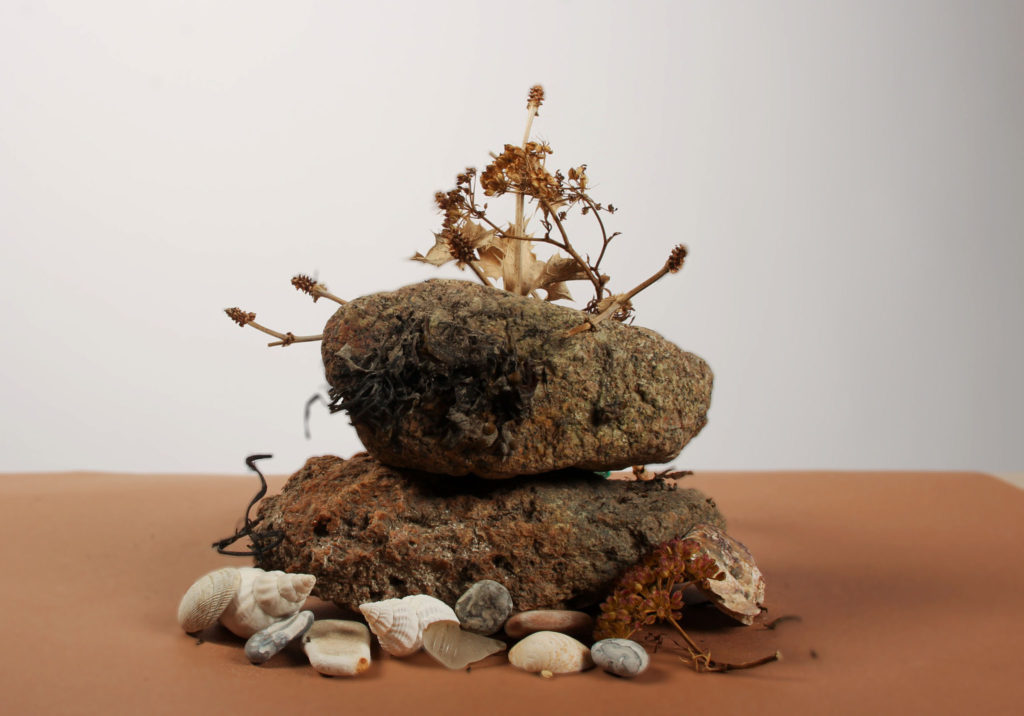
However these photos have a small aperture as the whole image is in focus.


Here is a clear comparison of a photo with a small aperture compared to a photo with a large aperture.
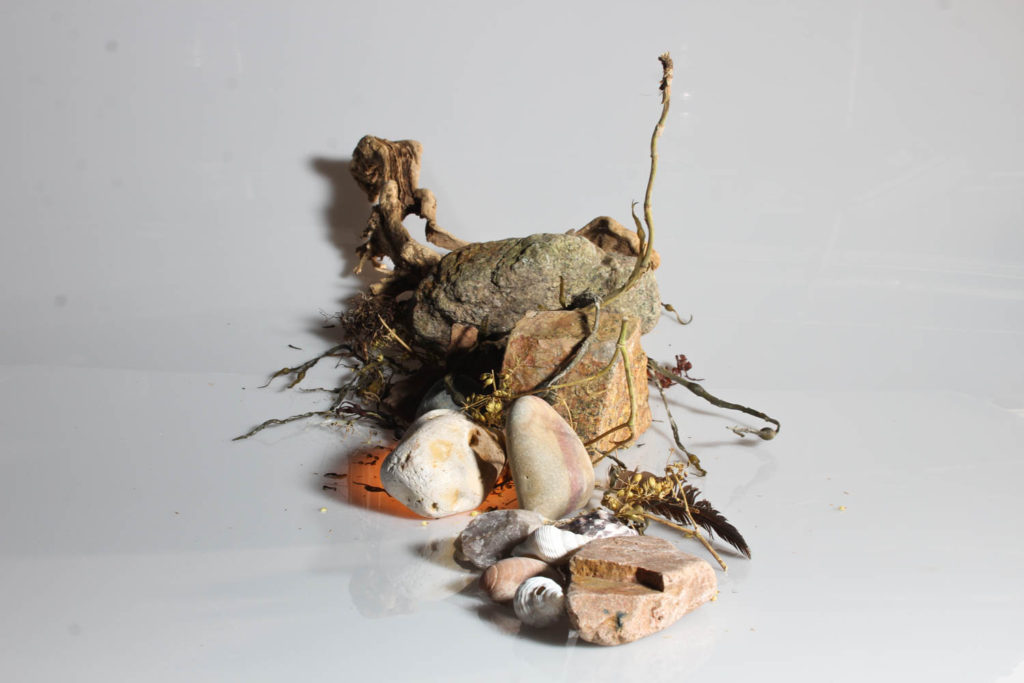

Overall, the aperture and depth of field can affect the focal point of the image, and the impact it has. A short depth of field can create a dramatic feeling as the only part in focus is the main object. On the other hand a large depth of field can create an overall focused image, which is less intense and has more depth.
Aperture links with shutter speed. If you have a large hole for aperture, and a long shutter, the image will be over exposed as too much light is being let in. So a large hole needs a shorter shutter speed and vice versa. This all depends on the light source, and how bright or dark where you’re photographing is.
Still life – best images
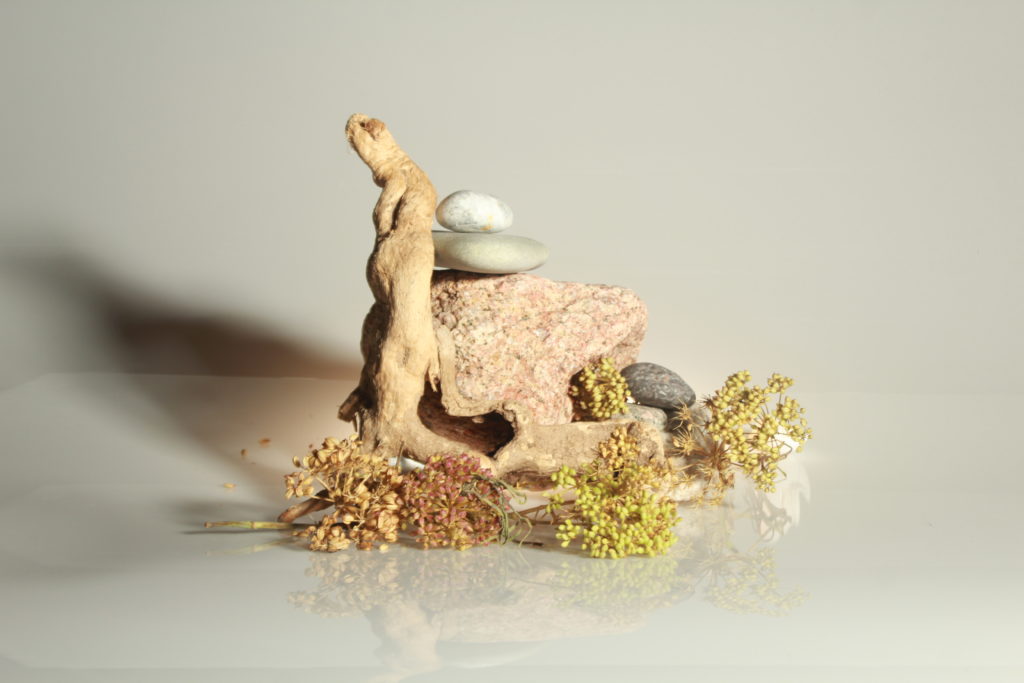
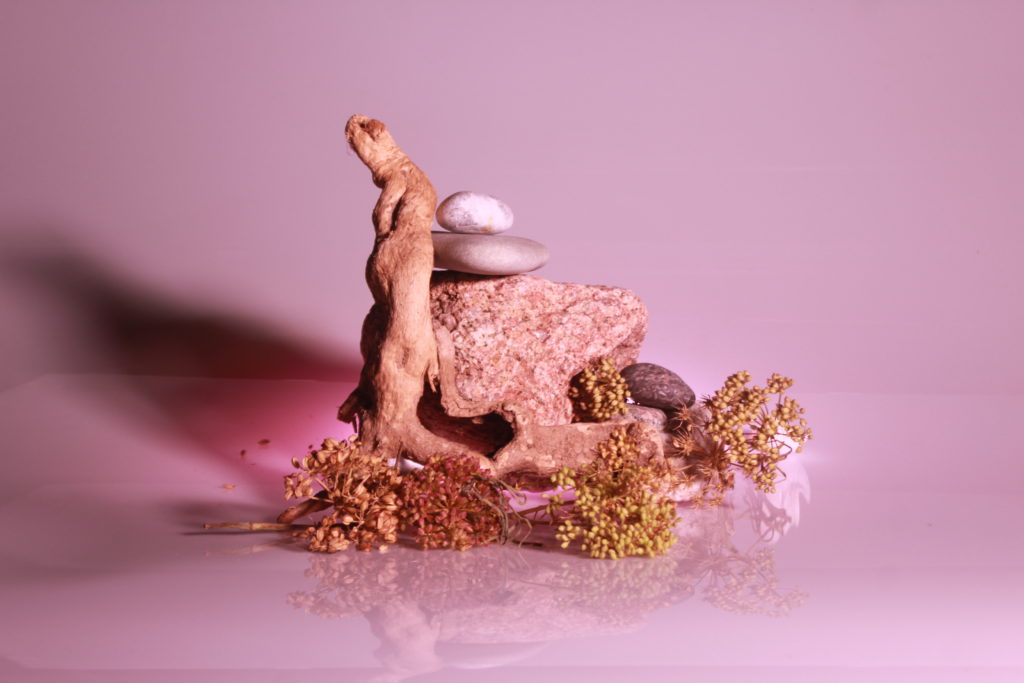
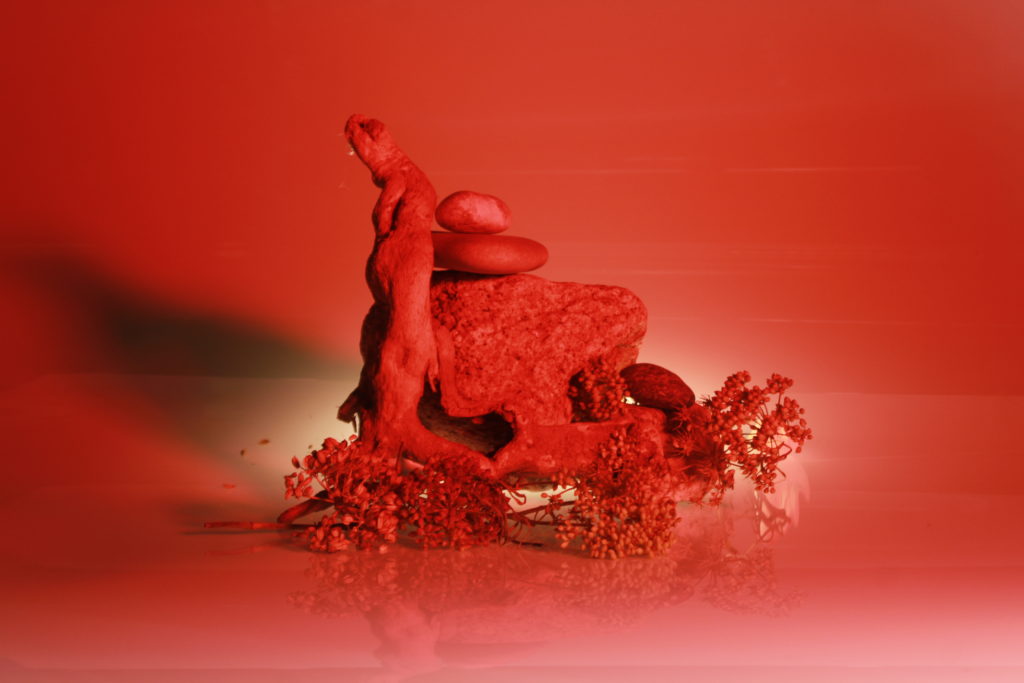
ISO 100 43mm f/5.6 1/5 sec
Aperture
What is aperture?
Aperture refers to the opening of a lens diaphragm through which light passes. Photographers can manually control the aperture by switching to ‘A’ or ‘AV’ mode and then changing the f/stops using the dial on their camera It is generally written as numbers such as 1.4, 2, 2.8, 4, 5.6, 8, 11 and 16. The lower the f/stop, the bigger the hole, meaning it lets more light into the picture and it is a larger aperture. The higher the f-number, the smaller the hole, meaning less light is let into the photo and the aperture is lower.
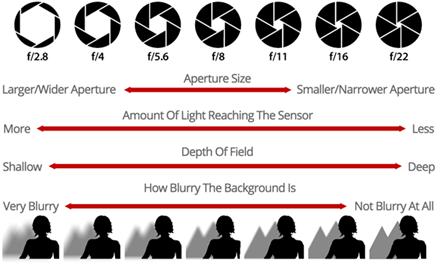
Aperture also effects the Depth of Field. The wider the aperture, the less depth of field you capture, causing a blurred background as the focus point is on the subject. The smaller the aperture, the deeper the depth of field, resulting in a sharper background.

Example of a narrow depth of field
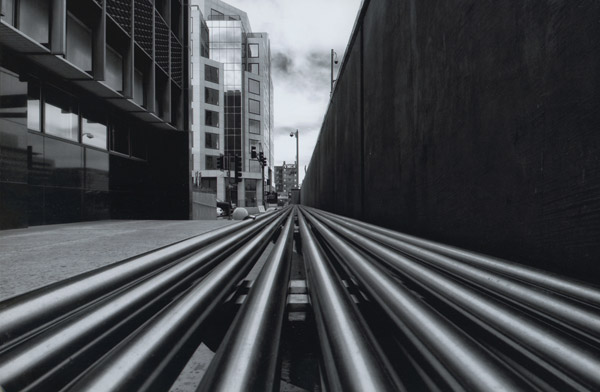
Example of a shallow depth of field
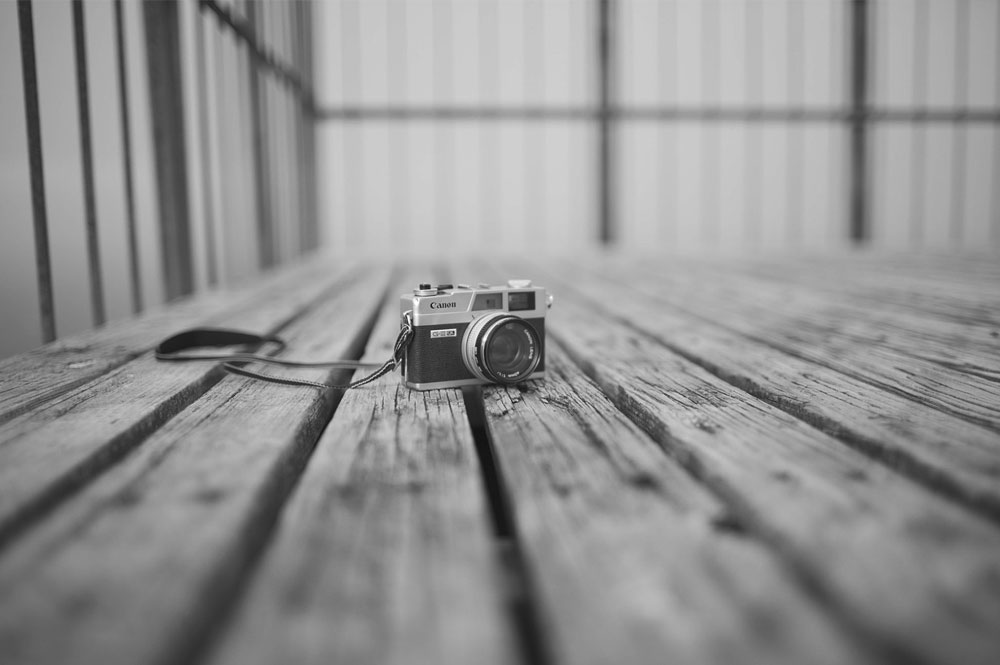
What Is Photography?
The word Photography literally means ‘drawing with light’, which derives from the Greek photo, meaning light and graph, meaning to draw. Photography can mean so many different things to people and make people feel different emotions.
Camera Obscura
A camera obscura is a dark room with a small hole in one wall. When it’s bright outside, light enters through the hole and projects an upside down image of the outside world onto the wall opposite the hole. Artists from the Renaissance onwards used a camera obscura, Latin for dark chamber, or a small hole in the wall of a darkened box that would pass light through the hole and project an upside down image of whatever was outside the box.
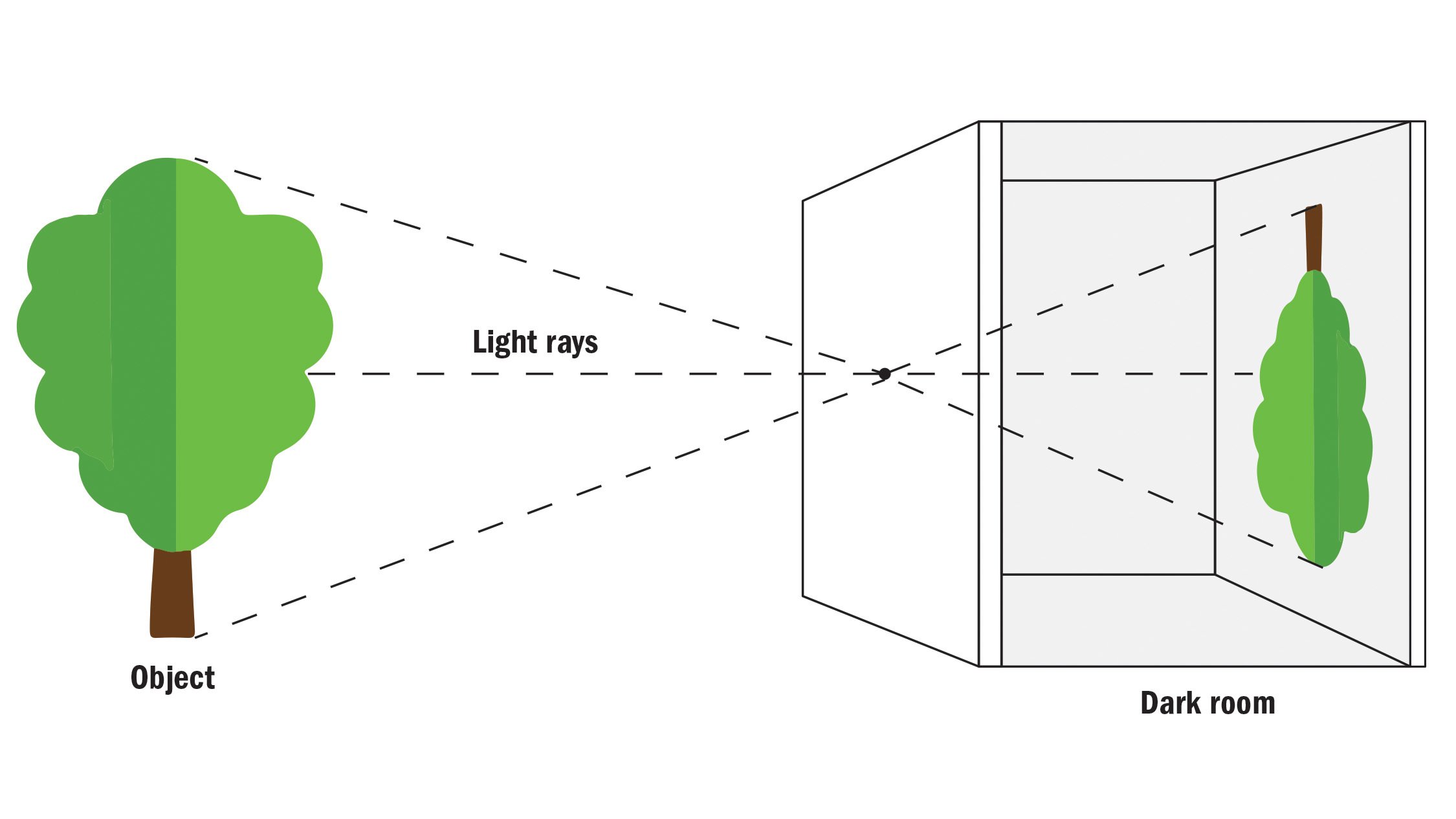

Nicephore Niepce
Joseph Nicéphore Niépce, commonly known or referred to simply as Nicéphore Niépce, was a French inventor, usually credited as the inventor of photography and a pioneer in that field. He created the first permanent photographic image in 1827.
Louis Daguerre
Louis Daguerre invented a method and called it “daguerreotype.” His method, which he disclosed to the public late in the summer of 1839, consisted of treating silver-plated copper sheets with iodine to make them sensitive to light, he would then expose them in a camera and “developing” the images with warm mercury vapor.
Daguerre took the first photograph with a living person in 1838 or 1839. It is a view of a busy street, but because of the exposure time was at least ten minutes the moving traffic left no trace. Only the two men at the bottom left corner, one apparently having his boots polished by the other. The men were in one place for long enough to be visible.
Henry Fox Talbot
William Henry Fox Talbot FRS FRSE FRAS was an English scientist, inventor, and photography pioneer who invented the salted paper and calotype processes, precursors to photographic processes of the later 19th and 20th centuries.

Richard Maddox
Richard Leach Maddox was an English photographer and physician who invented lightweight gelatine negative plates for photography in 1871.
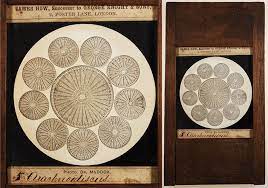
George Eastman
George Eastman was an American entrepreneur who founded the Eastman Kodak Company and helped to bring the photographic use of roll film into the mainstream.
https://en.wikipedia.org/wiki/George_Eastman
Kodak (Brownie)
The Brownie was a series of cameras made by Eastman Kodak. Released in 1900, it introduced the snapshot to the masses. It was a basic cardboard box camera with a simple convex-concave lens that took 2 1/4-inch square pictures on No. 117 roll film. It was conceived and marketed for sales of Kodak roll films.

An Eastman Kodak 2-D 8×10 can be sold in good condition for $468 in 2021. A vintage Kodak Retina II 35mm camera with leather case sold for about $220.
Film/Print Photography
Film, also called motion picture or movie, series of still photographs on film, projected in rapid succession onto a screen by means of light. There are three general types of film cameras: SLRs, compacts, and rangefinders. As a film set photographer, you work for a studio and shoot photos during the production process that can be used for marketing and other promotional activities.

https://www.youtube.com/watch?v=8rA52XzPlXk&themeRefresh=1
Digital Photography
Digital photography uses cameras containing arrays of electronic photodetectors interfaced to an analog-to-digital converter (ADC) to produce images focused by a lens, as opposed to an exposure on photographic film. There are two types of digital image files fall into one of two categories: vector or raster. Each format has advantages and disadvantages in different situations, so knowing the properties of each can help determine which format is the best choice for any project.

What is purpose of photography?
When you take a photograph and share it with others, you’re showing a moment that was frozen through a picture. This moment can tell someone many things, from the environment to what people are doing.
Leap into the void
Leap into the void is an example of where photography can be interpreted in many different ways. Viewers may feel fear but be intrigued to keep reading into the image and the story behind it. Some may believe this is a live image of what happened, but instead is a set up staged picture. Two images were taken one with men ready to catch him in tar-pooling and then he was cut out and put into empty image creating a documentary photography. It was in this mass-produced form that the artist’s seminal gesture was communicated to the public and also notably to the Vienna Activists. The photograph may have some representation of the world at the time in the 1960s.
‘photographs confuse as much as fascinate, conceal as much as reveal, distract as much as compel. They are unpredictable communicators.’
This quote relates to the image as the image confuses the audience as to why he jumping off the building but also fascinates. The image distracts but compels you to dive deeper into the story behind it. This is what makes the photograph so interesting as the viewer has so many questions, they start to research and look further into the meaning.
Lightroom Intro
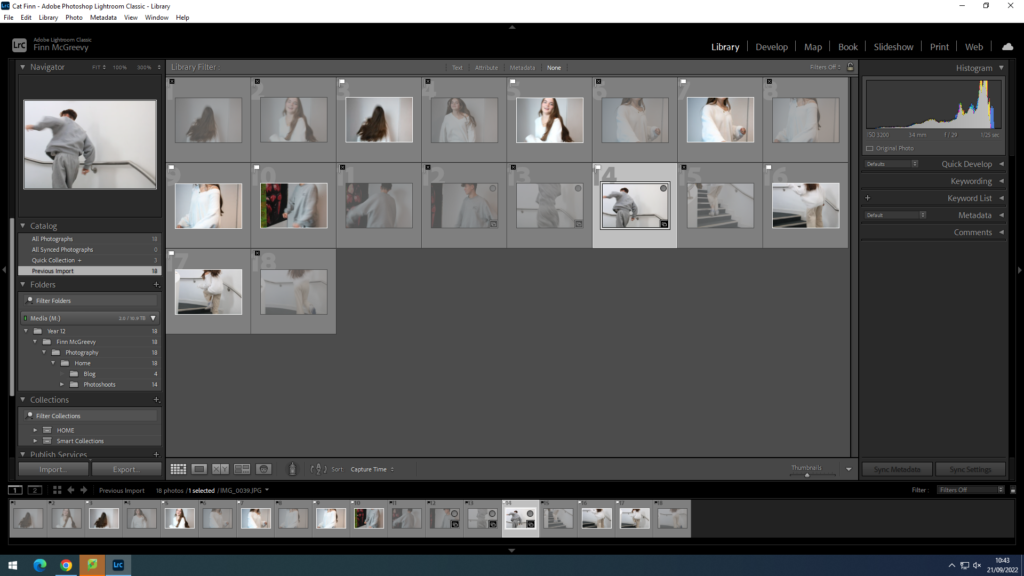
For my first selection process I have flagged my chosen images
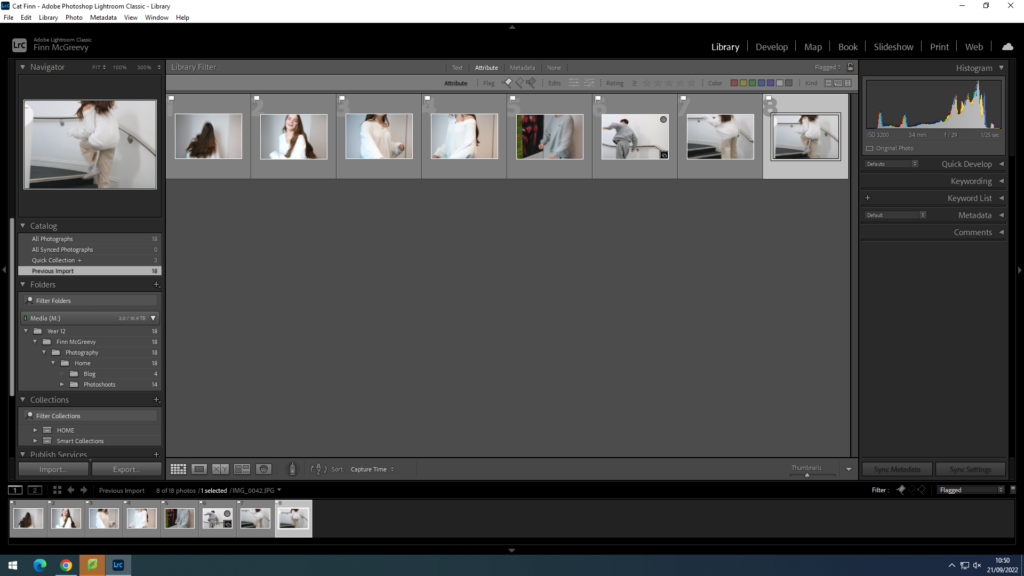
I have filtered out my rejects using P and X
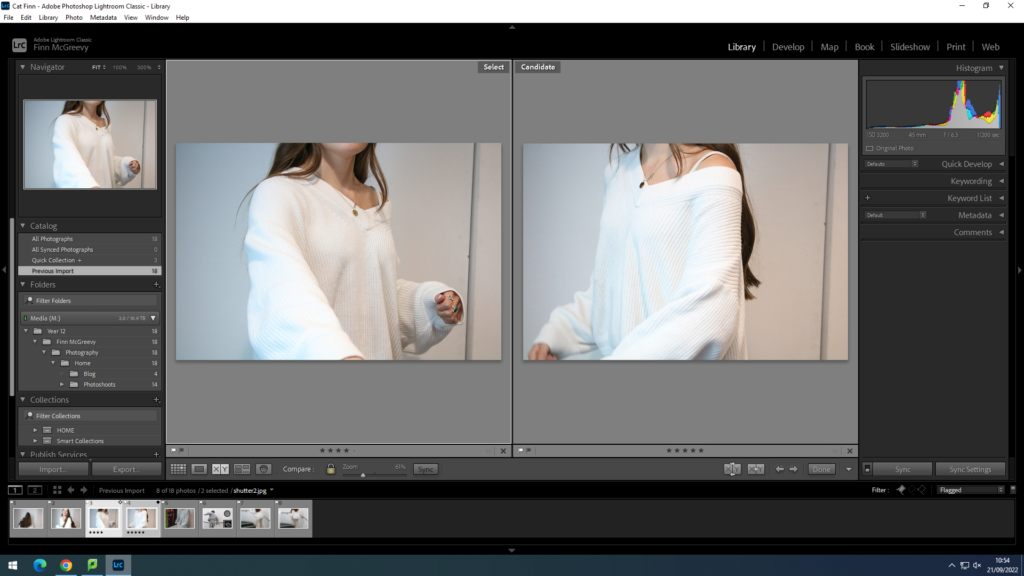
You can compare two images by selecting compare view.

You can also zoom in on details with the use of the magnifying glass.
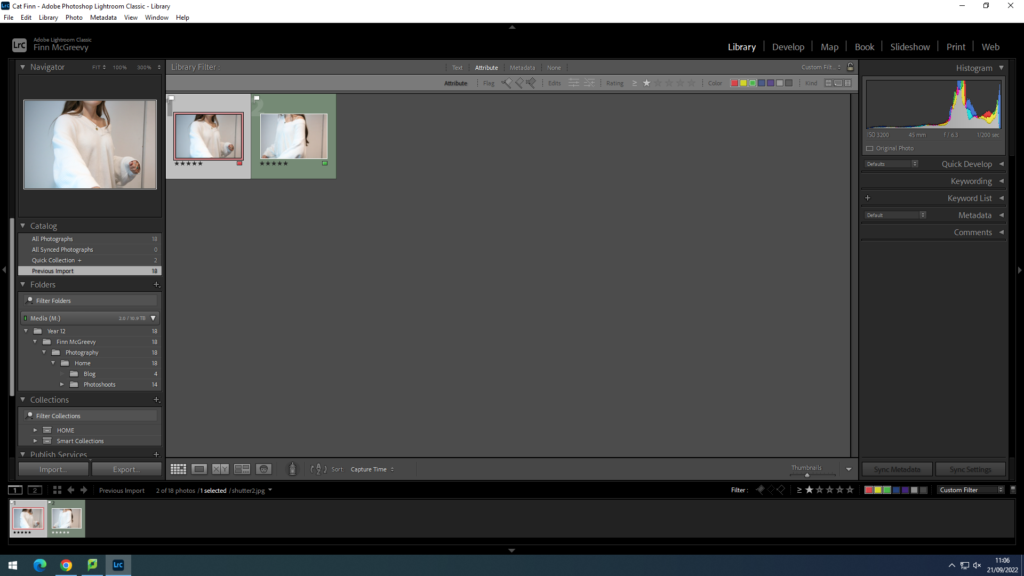
I separated my images by colour on their quality.
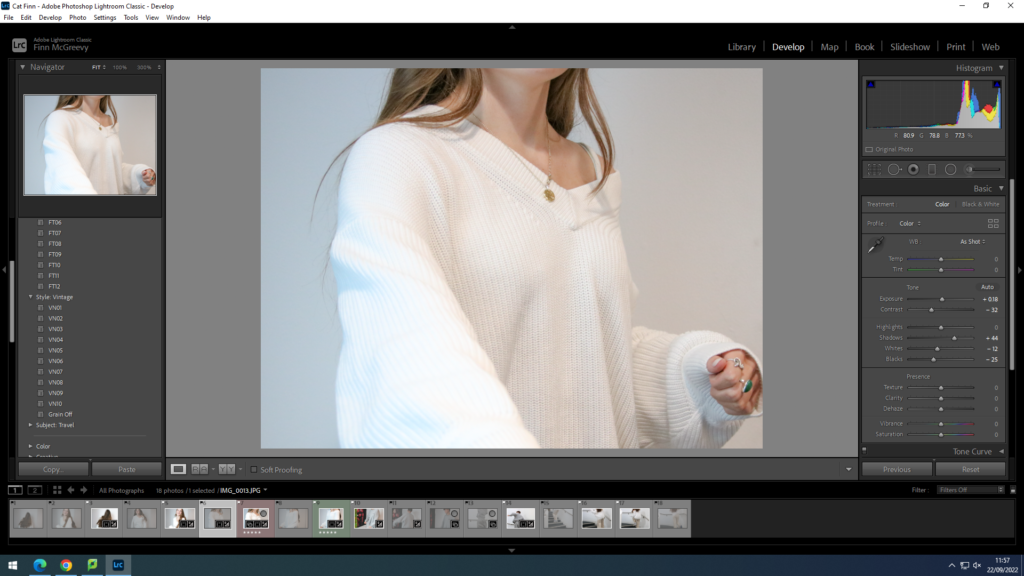
This original image was underexposed, using the side bar I edited the levels of exposure and other features.

Select correct settings to export to folders.
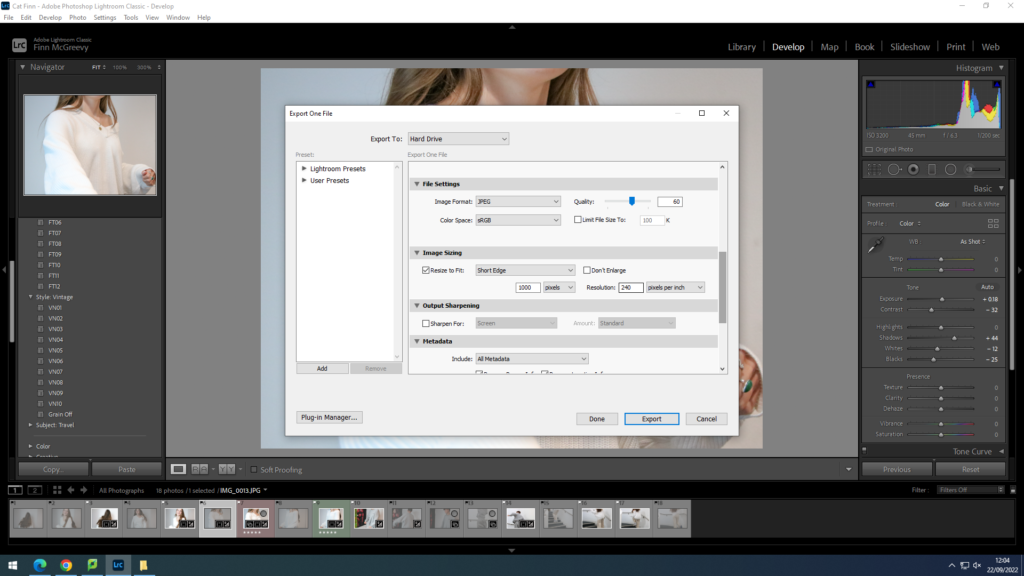
Adjust image sizing so picture is of a lower quality for the blog.
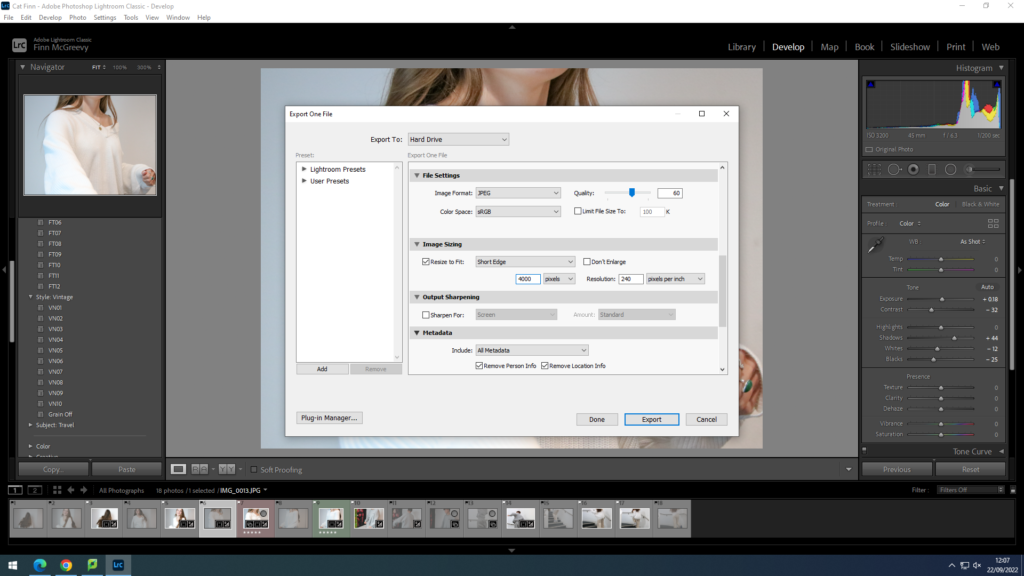
When printing adjust pixels so image is of a higher quality.
Still life
Still life photography is a genre of photography used for the depiction of inanimate subject matter, typically a small group of objects.
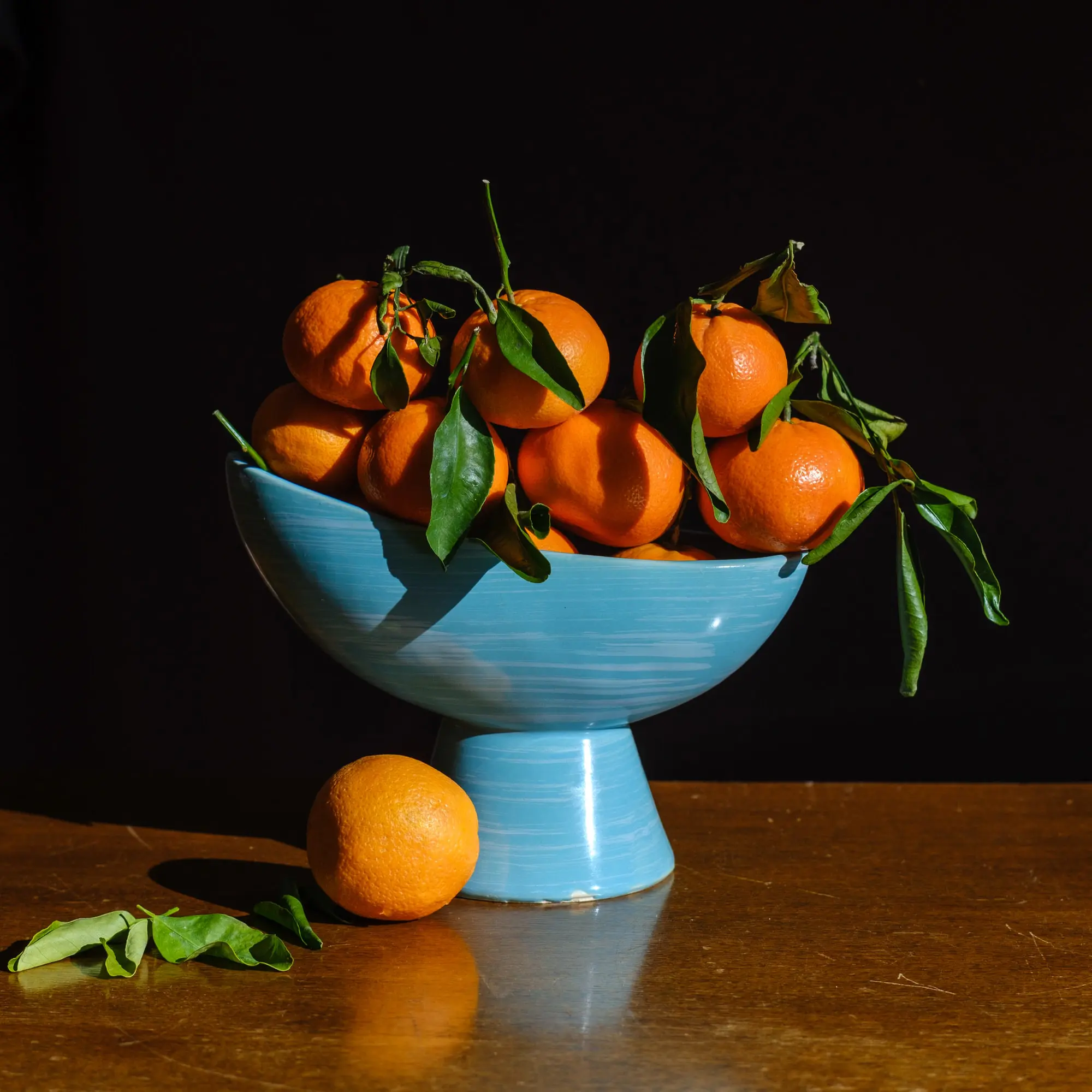
Because still life’s are in fact still, they became photography’s favourite subject back in its earliest days. Soon after the creation of the first ever photograph in 1839, it was convenient for pioneer photographers to take pictures of something that’s not moving. The reason was simple and technical enough: exposures were fairly long, so long it even took days for an image to come to life, so an inanimate object was perfect for the occasion. These works tended to resemble still life depicted in paintings, so much they even used the same objects and arrangements. As the photographic camera improved, still life was no longer a necessity, but it nevertheless remained one of the most attempted types of photo making Today, this kind of photography mostly lives in form of advertising shots, as their demand on the market is quite high, but its existence in terms of the arts certainly did not go cease either, as many photographers still do it for pure aesthetic reasons, for instance.
Where still life photography originated
still life photography’s origins reside in the early 20th century. Art photographers emerged such as Baron Adolf de Meyer. The Baron was known for his highly artistic approach to photography, as he employed darkroom techniques and used soft-focus lenses to create photographs that looked like drawings, which was fashionable at the time.
